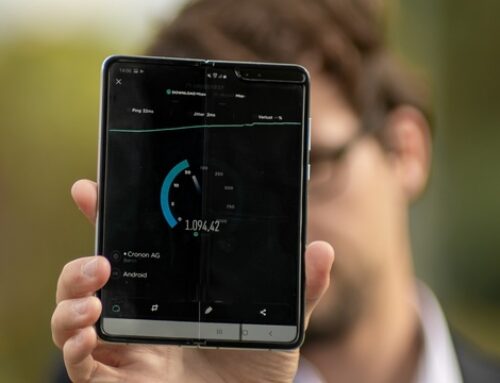As we rush out to the store to grab the latest and greatest smartphones and bask in the glory that is our never ending thirst for all things media, a thought occurs . . . ”where are we going to store all of this stuff?”
I mean, sure, we proudly flex the muscle of our portable devices, capable of producing 12 megapixel images or shooting full motion video and effortlessly streaming it to our 4k-capable retina display . . . but where is all this data going to be kept?
A cursory glance at the storage market tells us that any portable devices with any real storage capacity come at a premium. Ok, we get that, so we begin to seek other avenues to store our wealth of media that will still give us instant access.
Naturally cloud storage is the first and most viable option. So we immediately enter our email address, create a quick password, and hop onto the internet to store our digital world. Initially it’s great! We can get our stuff from anywhere, and many of the services give us a couple of GBs of space in the cloud for free . . . but at what cost?
The cost equation for the storage of your digital world comes down to “ease of access” versus “control of content”. Anyone who has read the terms and conditions of the typical cloud companies can tell you that you’re virtually giving up all license and all control of your content once you enter it into a public server.
The cost of your “free 5 GB account” is that your content is no longer in your direct control. Sadly, the only real alternative seems to be spending a significant amount of up-front cash on devices that have more built-in storage, or going to the store and buying one of those cloud boxes that you put on your desk at home and try to configure for remote access. It’s clunky and costly, but it’s safer. So how do you decide?
The plot thickens when you realize that every smartphone that is introduced is capable of generating even larger files, videos, images, and media content, yet the storage spaces on these devices continue to remain the same.
So what can be done to enable us to take advantage of all the powerful features of our smart devices without giving up ownership and control of our digital content?
Technology will continue its furious pace towards integration of content and expansion of storage components. How will that future look and who will win that race? Smart money says that the folks developing smartphone, laptop, and tablet technology will continue to lead. Why? The answer is simple really. These devices are not meant to be kept forever.
Look at the typical release cycle for new smartphones and tablets. Just when you get comfortable with your new device, a bigger-better-faster-smarter alternative hits the market.
And how long do you typically keep your tech devices? 1 year? 2 years? Longer? Are you the type that has to be on the train to the latest-and-greatest device available? Or are you still carrying around your series one Motorola flip phone? Don’t worry, there is no wrong answer. But, the fact remains that technology will continue to steamroll ahead whether we’re ready for the “next big thing” or not.
So where does that leave us with our original question about storage and ownership of our content? Will storage manufacturers be able to keep up with the ever-growing needs of the social media networks?
What will the online cloud providers do when they see a market where people still want privacy and control over their digital lives? Will companies like Amazon and Google own your content in an endless sea of server farms? Or will your network evolve into one that you and you alone control?
As it stands today, we’ve got far more questions than we have answers. Once thing is certain in all of this commotion . . . technology won’t stop, so keep your eyes on the horizon and together we’ll see how the innovators answer these growing concerns.


